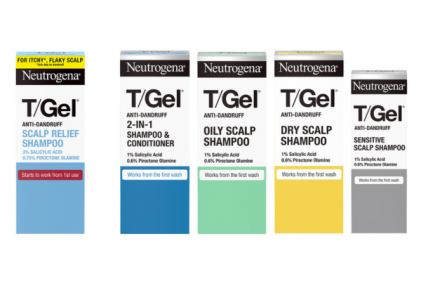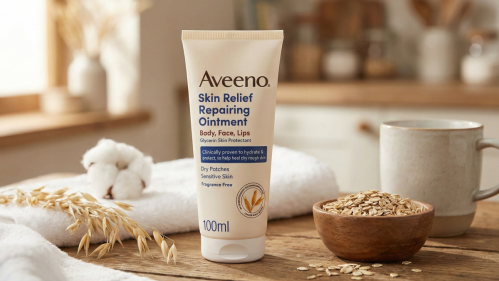First, make sure you’re using a sunscreen with an SPF of 30 to 50 so you’re getting adequate protection from the sun's UVB (burning) rays. Second, you need to apply it correctly, because even the most expensive product can't protect you if you put it on wrong. Here’s what I recommend to make sure you get the most out of your sunscreen:
Look for a cream, lotion, or gel. While sunscreen sprays are convenient, they deposit droplets onto your skin — if you don’t spray enough sunscreen on, or you spray unevenly, areas of skin in between the droplets may not be protected.
For your face: Squeeze sunscreen directly onto your fingertips and apply it to your skin in a thin, even layer. (If it’s easier, squirt a blob onto the palm of one hand first so you don’t have to keep squeezing.) The goal is to get a thin, unbroken layer of sunscreen all over your face. An unbroken layer protects you better — if you rub the lotion into your skin too much, you can break up this layer, and thus get less protection. Similarly, if you wear makeup, try not to disturb the sunscreen too much when you put it on. Reapply sunscreen every three to four hours, especially if it’s humid or if you perspire, because sunscreen rubs off, sweats off, and drips off.
For your body: Follow the directions above. Do not squeeze sunscreen into your palms, rub your palms together, then pat it on your arms and legs. If you apply it this way, your palms are getting a nice coating, but the rest of your skin isn't. Water, sweat, and humidity can break up the layer of protection, so towel-dry when you get out of the water, and mop up sweat, before you reapply sunscreen.






